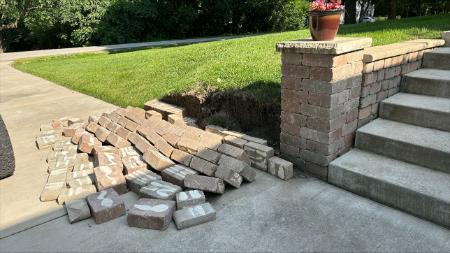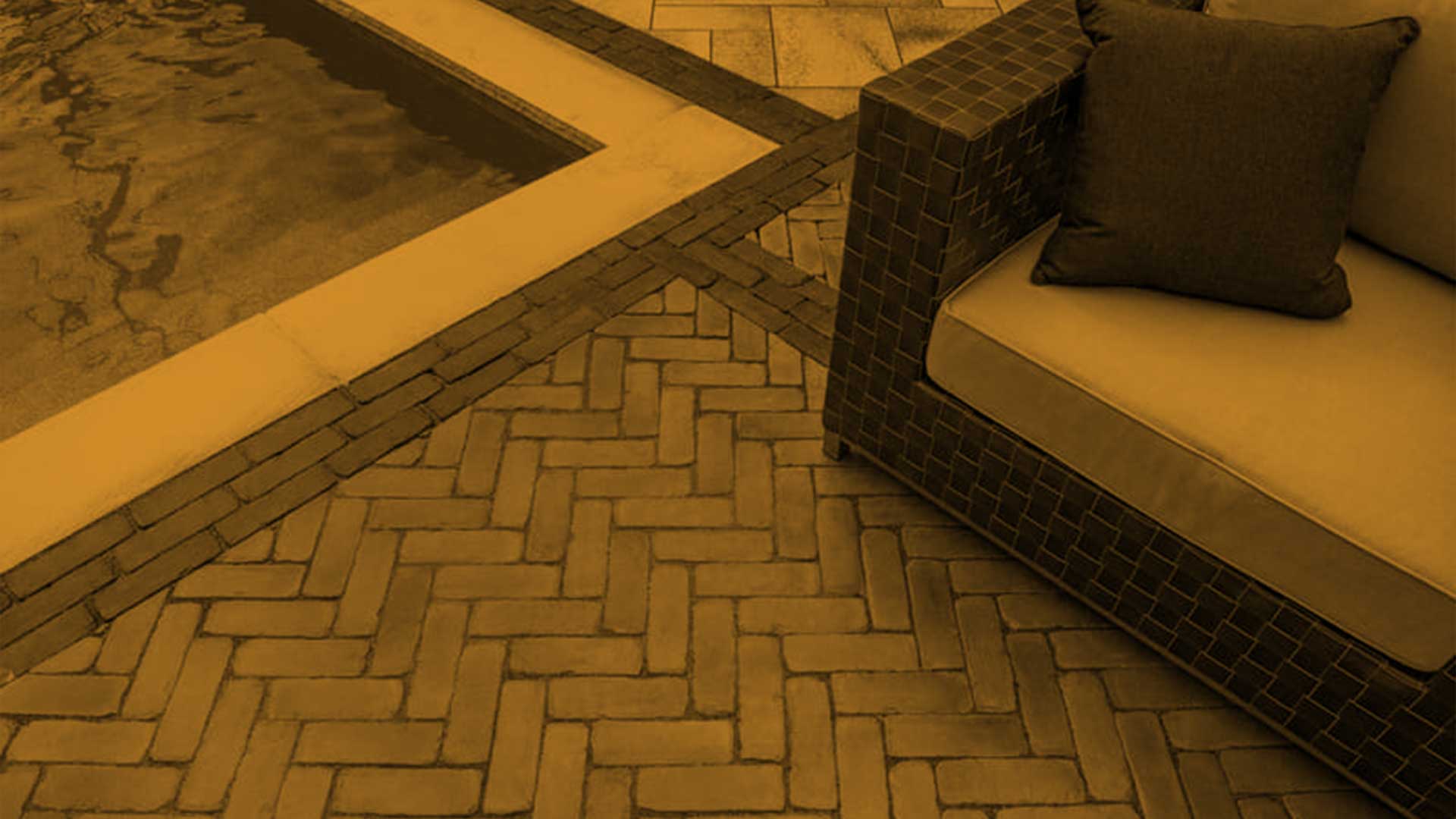Understanding the Causes of Retaining Wall Failures

Introduction
Retaining walls are critical structures designed to hold back soil in landscapes with varying elevations. They not only prevent soil erosion but also help in creating functional spaces in sloped areas. Despite their importance, retaining wall failures are surprisingly common and can lead to significant property damage and safety hazards. Understanding why these failures occur is essential for engineers, builders, and homeowners to ensure the longevity and safety of these structures.
Design Flaws
A key factor leading to the failure of retaining walls is flawed design. Proper design requires an accurate assessment of the soil characteristics, the anticipated load, and the overall environmental conditions. A miscalculation in any of these factors can compromise the wall's integrity. For instance, underestimating the soil pressure or overestimating the wall's load-bearing capacity can lead to a structural failure. Moreover, ignoring the lateral earth pressure, which varies depending on soil type and moisture content, often results in a wall that is not equipped to handle the forces exerted upon it. Therefore, a thorough and accurate design is the first step in preventing retaining wall failures.
Poor Construction and Workmanship
Even with a perfect design, a retaining wall can fail if it's poorly constructed. Construction errors such as improper backfilling, inadequate compaction, and the use of subpar materials significantly weaken the structure. Poor workmanship, like misaligned blocks or insufficient connections between the wall components, also contributes to failures. Such construction lapses create weak points in the wall, leading to bulging, cracking, and eventually, collapse.
Inadequate Drainage
Water is a major enemy of retaining walls. Inadequate drainage leads to water accumulation behind the wall, significantly increasing hydrostatic pressure. This pressure can exceed the wall's designed holding capacity, causing it to bulge, crack, or lean. Ensuring proper drainage through the use of weep holes, drainage pipes, and suitable backfill materials is crucial in mitigating this risk. Additionally, regular maintenance to ensure drainage systems remain unclogged is essential for the wall's stability.
Environmental Factors and External Pressures
Environmental changes and external pressures also play a significant role in retaining wall failures. Seasonal variations, such as freeze-thaw cycles, can cause soil expansion and contraction, increasing pressure on the wall. Other factors, such as nearby construction activities or additional loads (like the construction of new structures near the wall), can exert unexpected pressures. These external factors can quickly overwhelm a wall that was not designed with such contingencies in mind.
Material Failure
The durability of the materials used in a retaining wall is crucial for its longevity. Over time, materials can degrade; for instance, concrete may crack or crumble, while metal elements might corrode. These material failures weaken the wall's structural integrity, making it susceptible to collapse. The choice of high-quality, durable materials, suitable for the specific environmental conditions, is therefore essential in the construction of a retaining wall.
Lack of Maintenance and Inspections
Regular maintenance and inspection play a vital role in the life span of a retaining wall. Neglecting these can lead to the gradual deterioration of the wall. Routine inspections can reveal early signs of distress, such as small cracks or slight movements, which can be addressed before they lead to major failures. Maintenance activities like clearing drainage systems, repairing minor cracks, and monitoring any shifts in the wall's position are critical preventative measures.
Conclusion
Retaining wall failures can often be traced back to a combination of factors, including design flaws, poor construction, inadequate drainage, environmental pressures, material degradation, and lack of maintenance. Addressing these issues during the design, construction, and maintenance phases is crucial in ensuring the stability and longevity of retaining walls. By understanding and mitigating these risks, we can prevent the significant safety hazards and financial losses associated with wall failures.

Create Your Personal Sanctuary
With Mission Brick Paving In Aurora And Surrounding Areas
